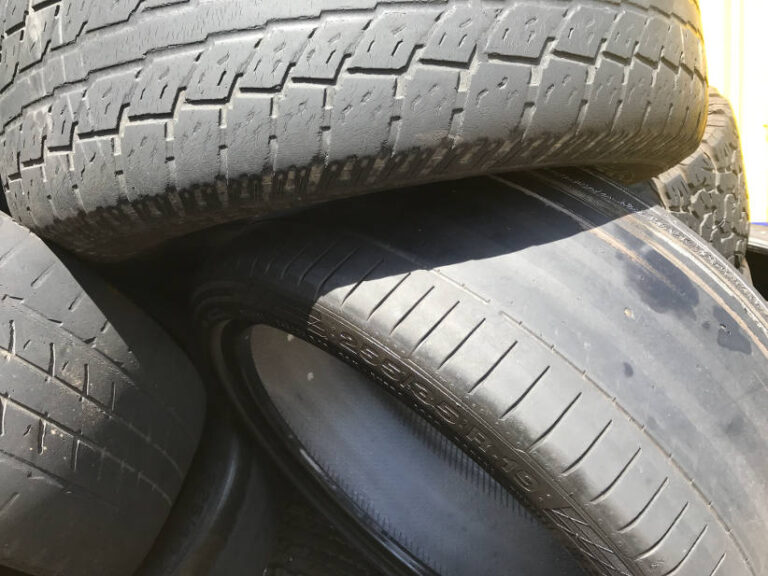This article was originally published by Fleet News UK.
Driving with worn tyres in winter could be more dangerous than drink driving, when it comes to the impact on stopping distance, a new study has found.
It revealed that driving a car with tyres that are at the legal limit of 1.6mm of tread could increase braking distance by over a third compared to tyres in good condition with 4mm or more of tread.
The new research, which for the first time ever compared the impact of both worn tyres in wet, winter weather conditions and alcohol consumption on stopping distance, found that driving with worn tyres increases additional stopping distance seven times as much as being under the influence of alcohol does
The study was conducted by Professor Peter Wells of the Centre for Automotive Industry Research at Cardiff University and commissioned by Halfords.
Graham Stapleton, CEO of Halfords believes that the study demonstrates that the current legal limit on tread is too low, with current regulations on tyre tread not having been updated since 1986 – something Wells agrees with.
Wells found that on average, consuming alcohol increases reaction time by 18% or 120 milliseconds. At 70mph, this would lead to an increased stopping distance of 12.4 feet. The difference in stopping distance between tyres in ‘good’ condition with 4mm of tread and worn condition with just 1.6mm tread is 36%, which equates to an additional 89ft.
“Braking distances are an indicator of general levels of grip. So, if worn tyres increase braking distances by a third, we can reasonably assume that general levels of grip in the tyres are reduced by this amount too. Therefore, worn tyres will also have a significant impact on car control on the road in other situations, such as cornering. This means it is more likely that you’ll lose control of the car in the first place if you have worn tyres,” Wells said.
Halfords – which conducts more than 800,000 MOTs in the UK each year – last year saw in excess of 100,000 motorists who received a warning for the state of their tyres in the form of tread depth advisory note (meaning they had technically passed, but would likely need changing before the next MOT) drive off instead of choosing to replace them. Many will likely not be checked again until their next MOT.
Stapleton added: “Every year we advise huge numbers of UK motorists that their tyres are dangerously low on tread, but unfortunately many drive away assuming that, if they’re legal, they must be fine. But the reality is that their safety is already significantly compromised, and this will only increase as they experience more wear. Any tyres that receive a warning are likely to be illegal with just a few thousand more miles of motoring.
“A tyre with just 1.6mm of tread could be one small lock up or pothole away from being illegal and this could even happen on the way back from the test centre, but the tyres may not be checked again until their next MOT. This study clearly demonstrates that current tread limits are just too low given how much grip is reduced, even when within legal limits. “






